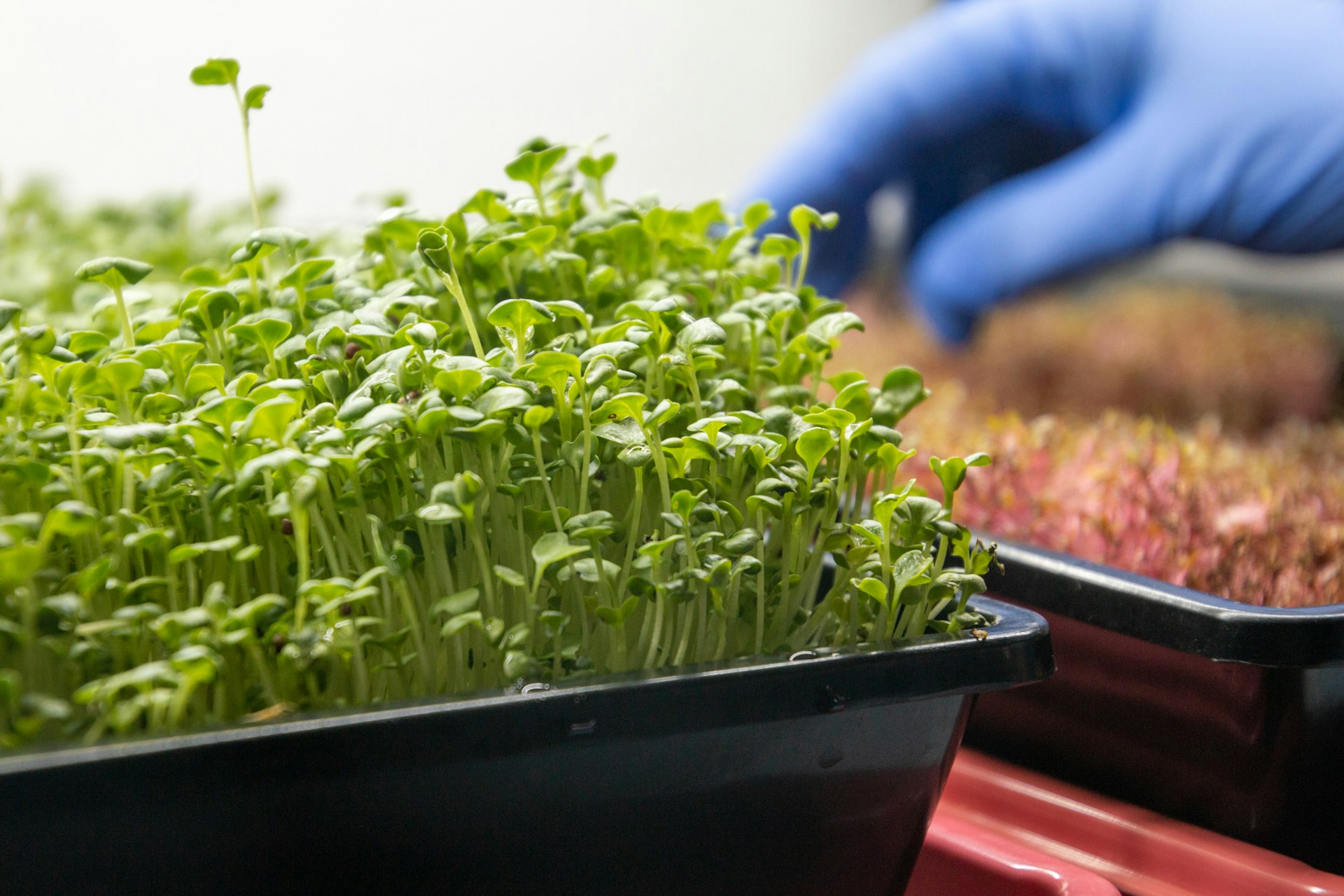Embracing Tiny House Living: Trends, Benefits, and How to Downsize with Confidence in 2025

Photo by Erik Mclean on Unsplash
Introduction: Why Tiny House Living Is Surging in 2025
As housing prices rise and environmental concerns intensify, more people are turning to tiny house living and downsizing as a path to affordable, sustainable, and flexible lifestyles. The global market for tiny homes is projected to grow from $6.17 billion in 2025 to $8.20 billion by 2033, fueled by shifting economic realities and changing cultural values [4] . This article explores the latest trends, actionable steps for transitioning to a tiny home, and practical guidance on how to access the opportunities tiny house living offers.
The Growth of Tiny House Living and Downsizing
The tiny house movement has expanded rapidly over the past decade. According to market research, the sector boasts a projected compound annual growth rate (CAGR) of 3.62% through 2033 [4] . This growth is driven by:
- Affordability : Tiny homes typically cost between $10,000 and $100,000, compared to the U.S. median home price of $396,900 in January 2025 [3] .
- Sustainability : Most tiny homes use a fraction of the energy of traditional houses-often as little as 7%-due to smaller size and efficient designs [2] .
- Lifestyle Flexibility : Many downsizers are millennials, remote workers, and retirees seeking simplicity, mobility, and a reduced carbon footprint [1] .
Downsizing to a tiny home often means a dramatic reduction in monthly expenses, with some owners reporting utility and upkeep costs as low as $500 per month [3] . The appeal is further enhanced by the ability to live in desirable locations or travel with mobile tiny homes.
Market Trends and Demographic Shifts
The demographic profile of tiny house owners is diverse. While young adults and first-time buyers make up a large portion, there is growing adoption among older adults and families seeking to reduce financial stress and prioritize experiences over possessions [1] . Key trends include:
- Prefab and Modular Designs : The market for prefabricated tiny homes is expanding, offering customizable and efficient options [2] .
- Technology Integration : Smart home features, renewable energy systems, and modular storage solutions are increasingly standard [2] .
- Community Living : Many buyers seek out tiny house villages or co-housing arrangements for shared amenities and social support [5] .
States like Texas, Colorado, and Virginia are recognized for their supportive environments and strong tiny house communities. Meanwhile, regions with restrictive zoning laws-such as the Northeast-present more challenges for aspiring tiny home dwellers [5] .
Benefits of Downsizing: Financial, Environmental, and Lifestyle Advantages
Downsizing to a tiny house delivers measurable benefits:
- Lower Upfront Costs : With most tiny homes priced between $30,000 and $80,000, the barrier to homeownership is significantly reduced [3] .
- Reduced Living Expenses : Smaller square footage means lower heating, cooling, and maintenance costs [1] .
- Sustainability : Tiny homes typically use 80% less energy than traditional homes, supporting a reduced carbon footprint [3] .
- Flexibility and Mobility : Many tiny homes are built on wheels, allowing for relocation or travel without sacrificing comfort.
- Intentional Living : Downsizing encourages owners to prioritize essential possessions and daily practices, fostering mindfulness and simplicity.
For those interested in environmental benefits, tiny homes often incorporate solar panels, composting toilets, and sustainable materials, further decreasing ecological impact [2] .
Challenges and Solutions: Navigating Zoning, Financing, and Resale
Despite their appeal, tiny homes come with unique challenges:
- Zoning and Land Use : Regulations vary widely. For example, Portland, Oregon, allows Tiny Homes on Wheels (THOWs) on private land, while Miami requires special permits [3] . Before purchasing or building, contact your local planning department or zoning board to understand requirements and restrictions. Search for “tiny house zoning” and your state or city for current information.
- Financing Limitations : Traditional mortgages rarely apply. Most buyers use personal loans, RV loans, or builder financing. Contact local credit unions or investigate lenders specializing in alternative housing finance. Ask about loan terms, interest rates, and eligibility criteria.
- Resale Value : Tiny homes often depreciate like vehicles. To maximize resale potential, choose quality construction, document maintenance, and research markets with strong demand for tiny homes.
Joining a tiny house community or co-housing development can ease some regulatory and logistical hurdles. States like Texas and Colorado feature established communities and more favorable zoning environments [5] .
Step-by-Step: How to Begin Your Tiny House Journey
Ready to explore tiny house living? Use these actionable steps to get started:
- Research Zoning and Regulations : Identify areas with supportive policies. Contact your city or county building department, or search “[Your State] tiny house laws” for guidance.
- Define Your Priorities : Consider your space needs, mobility preferences (wheels vs. foundation), and desired amenities. List your must-haves and nice-to-haves.
- Explore Financing Options : Reach out to local credit unions or financial institutions experienced with alternative dwellings. Ask about personal loans, RV loans, or builder financing. Compare rates and terms.
- Connect with Builders and Communities : Search for reputable tiny house builders in your region. Visit model homes, attend open houses, or join local tiny house meetups to learn from current owners.
- Downsize Belongings : Begin by sorting possessions by category. Donate, sell, or recycle items you no longer need. Consider storage solutions for sentimental or seasonal items.
- Plan Utilities and Sustainability Features : Decide if you want to include solar panels, composting toilets, or rainwater collection. Consult with builders or sustainability experts for best practices.
- Secure Land or Placement : If not joining a community, look for land parcels zoned for tiny homes or partner with landowners open to hosting your dwelling. Use real estate platforms or contact local land agents for listings.
- Move In and Adjust : Plan your move and prepare for an adjustment period. Join online forums or communities for ongoing support and advice.
Alternative pathways include renting a tiny home as a trial, participating in house-sitting arrangements in tiny house communities, or exploring accessory dwelling units (ADUs) if allowed in your area.

Photo by Dhritiman Barman on Unsplash
Where to Find Resources and Support
Finding the right information and support is crucial . Here’s how you can access reliable resources:
- National and State Tiny House Associations : Many regions have official associations providing guidance, builder directories, and advocacy resources. Search for your state’s association or visit the American Tiny House Association website for educational materials.
- Local Government Offices : Contact your municipal planning or zoning department for up-to-date regulations and permit requirements.
- Financial Institutions : Inquire at local credit unions and banks about loan products for non-traditional homes. Ask for information on personal loans, RV loans, or builder financing.
- Community Forums and Events : Online forums, social media groups, and local meetups provide valuable peer support and practical advice.
If you’re interested in joining a tiny house community or exploring off-grid living, research the top states known for favorable conditions-such as Texas, Colorado, and Virginia-and reach out to local real estate agents or community organizers [5] .
Key Takeaways for 2025 and Beyond
The tiny house living and downsizing trend is not just a passing fad. With affordability, sustainability, and lifestyle flexibility at its core, the movement is poised for continued growth. Whether you’re seeking financial freedom, a greener lifestyle, or a fresh start, tiny homes can offer a path forward-provided you navigate the challenges thoughtfully and tap into the growing support network of communities and resources.
References
- [1] Tiny House (2025). Tiny House Statistics 2025.
- [2] Accio (2025). 2025 Tiny House Trends: Market Growth, Sustainability & More.
- [3] MoneyFit (2025). Tiny Homes: Are They Still a Smart Housing Solution?
- [4] Market Data Forecast (2025). Tiny Homes Market Size, Share, Trends & Analysis, 2033.
- [5] Home Gnome (2025). Texas Tops 2025’s Best States for Tiny House Living.
MORE FROM hotondeals.com













